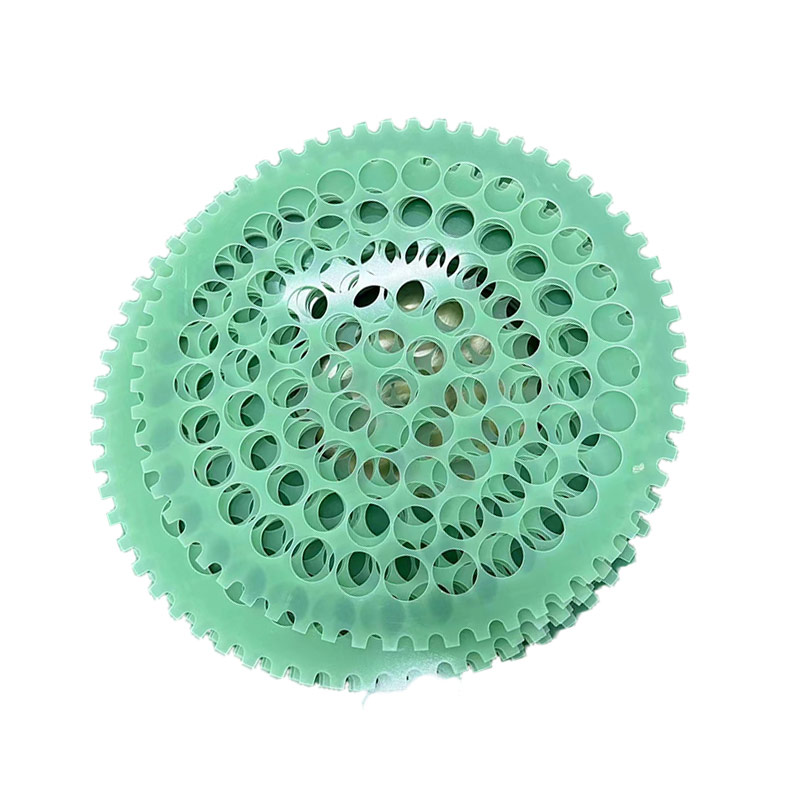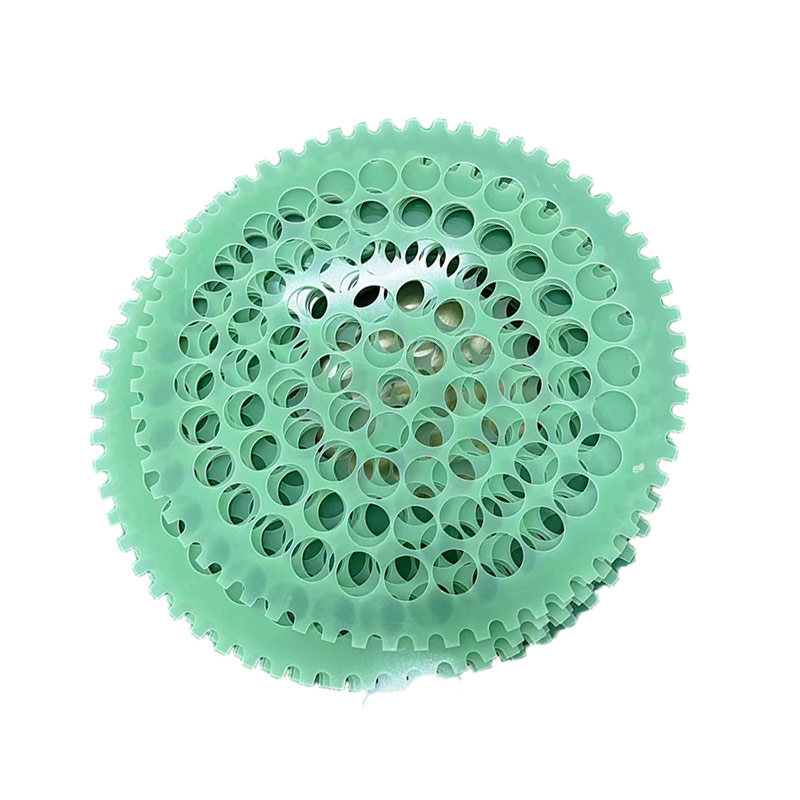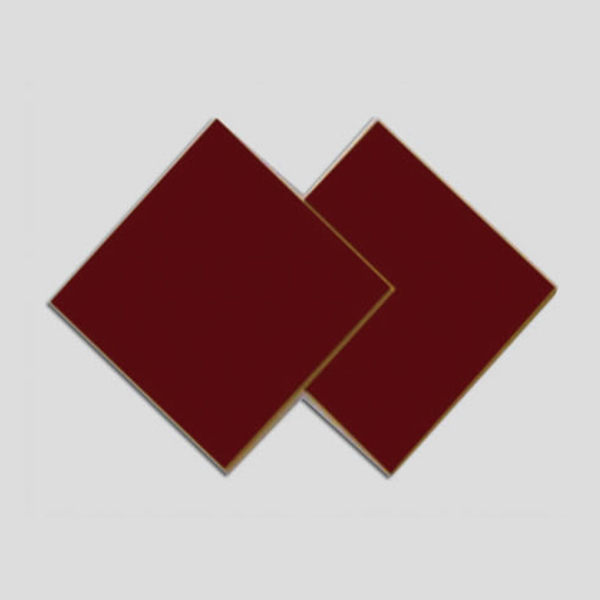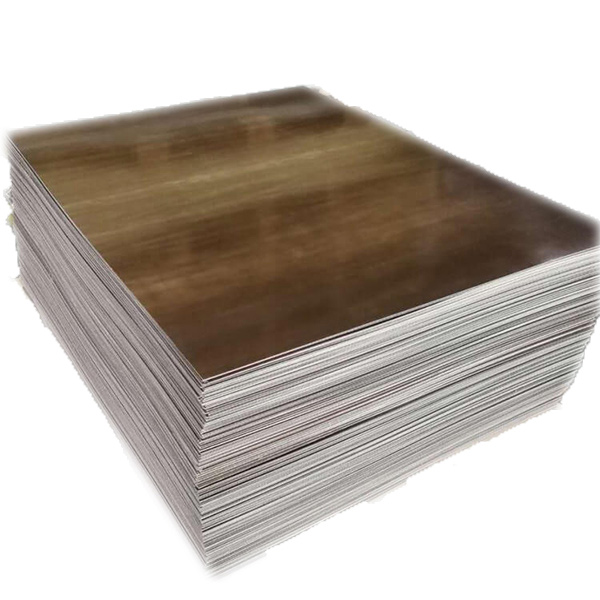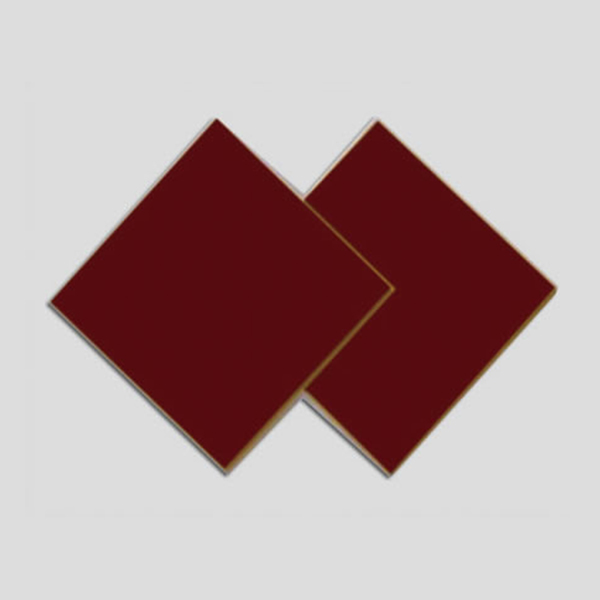Glass Melamine Laminate
Please click the button below to contact us.
Introduction:Glass Melamine Laminate is a high-performance composite material that has emerged in recent years. Its essence is the product of combining melamine resin (Melamine Resin) with glass substrate through a special lamination process.
Product Description
This Glass Melamine Laminate is made of alkali-free glass cloth impregnated with melamine formaldehyde resin by drying and hot pressing. It has good arc resistance and certain dielectric properties and flame retardant properties. Glass Melamine Laminate features glass cloth layers that are soaked with melamine resin and then treated in high temperature and pressure. Consequently, what comes from here is a firm laminated sheet which can resist heat; it is also a good insulator for electricity. Glass Melamine Laminate has high mechanical strength, non-flammability, and resistance to chemicals and moisture. Glass Melamine Laminate are used extensively in electric appliances like switchgear, transformers, and motors where dependable insulation is required for safety and performance reasons.
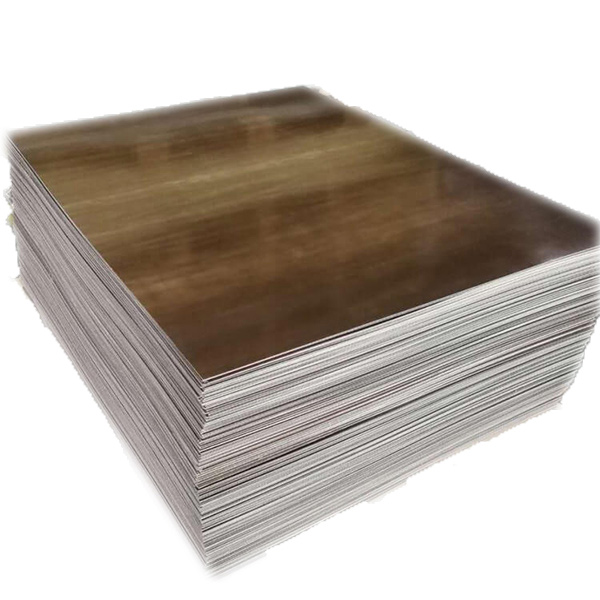
Glass Melamine Laminate Parameters:
| Indicator name | Unit | Indicator Value | |
| Density | g/cm³ | 1.8–2.0 | |
| Water absorption | % | ≤ 3.0 | |
| Vertical layer bending strength | MPa | ≥ 200 | |
| Parallel layer impact strength (simple beam method notch) | K J/m² | ≥ 25 | |
| Vertical layer direction electric strength (90 ℃± 2 ℃ in oil) | 1mm | KV/mm | ≥ 7.0 |
| 2mm | ≥ 5.4 | ||
| 3mm | ≥ 5.0 | ||
| Parallel layer direction breakdown voltage (90 ℃± 2 ℃ in oil) | KV | ≥ 15 | |
| Insulation resistance | Normality | Ω | ≥ 1.0 × 1012 |
| After immersed in water for 24h | ≥ 1.0 × 108 | ||
| Flammability (UL-94) | Level | – | |
Technical process
Substrate pretreatment: Use high-purity float glass or tempered glass as the substrate, and after precision cutting and edge polishing, ensure that the surface flatness reaches the nanometer level standard.
Melamine resin coating: Use precision coating equipment to evenly coat the liquid melamine resin on the glass surface, and control the coating thickness (usually 0.3-0.8mm) to achieve performance regulation.
High-temperature hot pressing: Vacuum hot pressing is performed at 150-180℃ to make the resin layer and the glass substrate combine at the molecular level to form a dense seamless interface.
Surface functionalization: Anti-fingerprint coating (AF Coating) or antibacterial nano-coating treatment is performed according to application requirements to improve surface performance.
The key to this process is the control of the interface bonding strength between the resin and the glass. The thermal expansion coefficient matching technology is required to ensure that the material maintains structural stability in the temperature range of -40℃ to 150℃.
Features
Mechanical properties
Impact resistance: After testing, 2mm thick composite laminates can withstand 1.2J impact energy (refer to GB/T 17200 standard), which is 30% better than ordinary tempered glass
Abrasion resistance: Mohs hardness reaches 6H, and can withstand 5000 steel ball friction tests (load 500g)
Thermal properties
Resistant to heat and temperature difference: Can withstand 200℃ instantaneous temperature difference (refer to ISO 719 standard)
Thermal expansion coefficient: controlled at 4.5×10⁻⁶/℃ (similar to aluminum profiles), which is 3 orders of magnitude better than pure glass
Optical properties
Light transmittance: visible light transmittance ≥92%, UV blocking rate >75%
Color stability: After 3000 hours of xenon lamp aging test, the color difference value ΔE<1.5
Application scenarios
1. Architectural decoration field
High-end commercial space
Curtain wall system: Applied to double-layer curtain walls of super high-rise buildings, combining natural lighting and energy efficiency. =Decorative partition: 3.2-meter-high light-transmitting partition can be made, and with the intelligent dimming system, a balanced space of privacy and openness can be created. Medical and health care space. Sterile table: used for operating room instrument table, with dense and non-porous surface structure (porosity <0.1%), in line with GMP certification requirements. Anti-slip floor: through surface etching process, the friction coefficient can reach 0.65 (dry state) and 0.58 (wet state), far exceeding the ceramic tile standard. 2. Industrial equipment field. Precision instrument panel. Used for biochemical analyzer operation interface, the chemical reagent corrosion resistance has passed ASTM D1308 test, can withstand 70% ethanol, acetone and other common reagents
Integrated capacitive touch function, supports operation with gloves (touch sensitivity <5mm)
New energy equipment
Photovoltaic tracking bracket cover: In desert power station applications, UV aging resistance is improved by 40% (compared with ordinary composite materials)
Hydrogen storage and transportation container observation window: passed the high-pressure hydrogen permeation test (pressure 35MPa, cycle 2000 hours)
3. Smart life field
Kitchen system
Smart stove panel: integrated induction cooker function, temperature resistance up to 400℃ (working area), hot and cold Partition design improves cooking efficiency
Antibacterial cutting board: The antibacterial rate of the silver ion antibacterial layer on the surface is >99.8% (E. coli), which meets the food contact certification
Bathroom space
Smart mirror cabinet: Integrated LED lighting and defogger function, IP67 waterproof grade ensures long-term safety
Barrier-free handrail: The surface is non-slip textured (Ra value 0.8-1.2μm), which meets the aging-friendly design standards
4. Transportation field
Railway transportation
High-speed train windows: Passed the EN12600 safety test, and the bird strike resistance performance reaches the 300km/h relative speed standard
Platform screen door: fully transparent design improves vision, weather resistance passes 5000 hours salt spray test
New energy vehicles
HUD head-up display cover: light transmittance distortion <0.3%, supports AR navigation projection function
Battery pack observation window: explosion-proof design, puncture resistance >2000N
Maintenance
1. Daily cleaning specifications
General maintenance:
Use a weak acid cleaner with a pH value of 5.5-7.5 and wipe with a microfiber cloth
Avoid using cleaners containing abrasive particles (may cause micro scratches)
Special stain treatment:
Ink stains: Soak with isopropyl alcohol Wipe after 5 minutes of lubrication
Glue stains: first freeze and embrittle, then remove with a plastic scraper
2. Regular maintenance plan
Quarterly maintenance:
Check the integrity of the surface coating, measure with a gloss meter (60° angle), and re-apply if the value drops by more than 10%
Annual maintenance:
Inspect the edge sealing, use an infrared thermal imager to detect the interface temperature difference (ΔT>3℃ requires repair)
3. Damage repair plan
Minor scratches:
Use 3M transparent filler with a rotary polishing tool to handle
Deep damage:
Use local thermal repair technology to inject the same color resin glue in a vacuum environment
Glass Melamine Laminate FAQ:
What is Glass Melamine Laminate?
Glass Melamine Laminate is a premium surfacing material renowned for its durability, versatility, and aesthetic appeal. It's crafted by fusing multiple layers of resin-impregnated decorative paper onto layers of kraft paper core, under high heat and pressure, resulting in a robust and visually stunning laminate.
What are the key features of Glass Melamine Laminate?
Glass Melamine Laminate offers exceptional scratch resistance, impact strength, and heat resistance. It is also resistant to stains, chemicals, and moisture, making it ideal for various applications in both residential and commercial settings.
How does Glass Melamine Laminate compare to other surfacing materials?
Glass Melamine Laminate stands out for its unparalleled durability and design versatility. Unlike some traditional materials, it maintains its integrity even in high-traffic areas and challenging environments, while offering an extensive range of colors, patterns, and textures to suit diverse design preferences.
What applications is Glass Melamine Laminate suitable for?
Glass Melamine Laminate is suitable for a wide range of applications, including but not limited to countertops, cabinetry, furniture, wall panels, and partitions in residential, commercial, and institutional settings.
Can Glass Melamine Laminate be customized to specific design requirements?
Yes, Glass Melamine Laminate can be customized to meet specific design requirements, including color matching, texture selection, and sizing options, providing flexibility and creative freedom for tailored solutions.
What maintenance is required for Glass Melamine Laminate?
Glass Melamine Laminate requires minimal maintenance. Regular cleaning with mild detergent and water is usually sufficient to keep it looking pristine. Avoid harsh chemicals and abrasive cleaners to preserve its finish and longevity.
How does Glass Melamine Laminate perform in terms of fire safety?
Glass Melamine Laminate meets stringent fire safety standards, offering excellent fire resistance properties. It is engineered to retard the spread of flames and minimize smoke emissions, enhancing overall safety in various applications.

